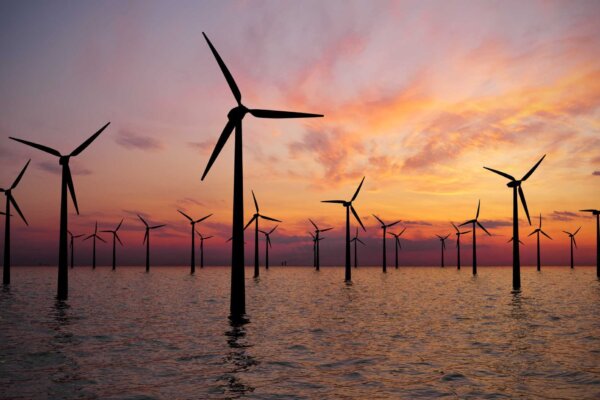The TCR is an Ofgem-led project that assessed how network charges are set and recovered. Launched in August 2017, the intention behind the TCR was to decide whether the system needed to be reformed to make it fairer. It addressed the concern that the current mechanisms used to recover Distribution Use of System (DUoS) and Transmission Network Use of System (TNUoS) charges could lead to inefficient use of the network and create an adverse effect on consumers. The Triad system used up until then saw half hourly (HH) metered customers charged for electricity transmission costs according to their consumption during the three half-hour periods in Winter when overall demand on the grid is at its peak. Ofgem was concerned that this system distorted the market by encouraging some businesses to shift their consumption to avoid Triad periods and not pay their share towards maintaining the grid year-round.
TNUoS
Based on the findings of the TCR, Ofgem decided to supplement the Triad consumption-based system for TNUoS with a banding-based daily charging system that should ensure all businesses pay their share towards the upkeep of the grid.
DUoS
DUoS tariffs have always had a fixed daily charge component. But as part of TCR, Ofgem directed that the way DNOs (Distribution Network Officers) set this charge should also change – moving some of the cost recovery that previously came through the volume-based rates into the fixed daily charge.
The banding for each meter on businesses’ site(s) is now based on their agreed supply capacity (if there has been one agreed) or their Estimated Annual Consumption (EAC) if an agreed supply capacity is not in place. Changes to DUoS tariffs went live in April 2022 and changes to the TNUoS charges came into effect in April 2023.


